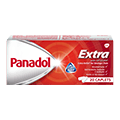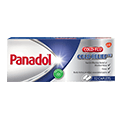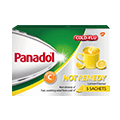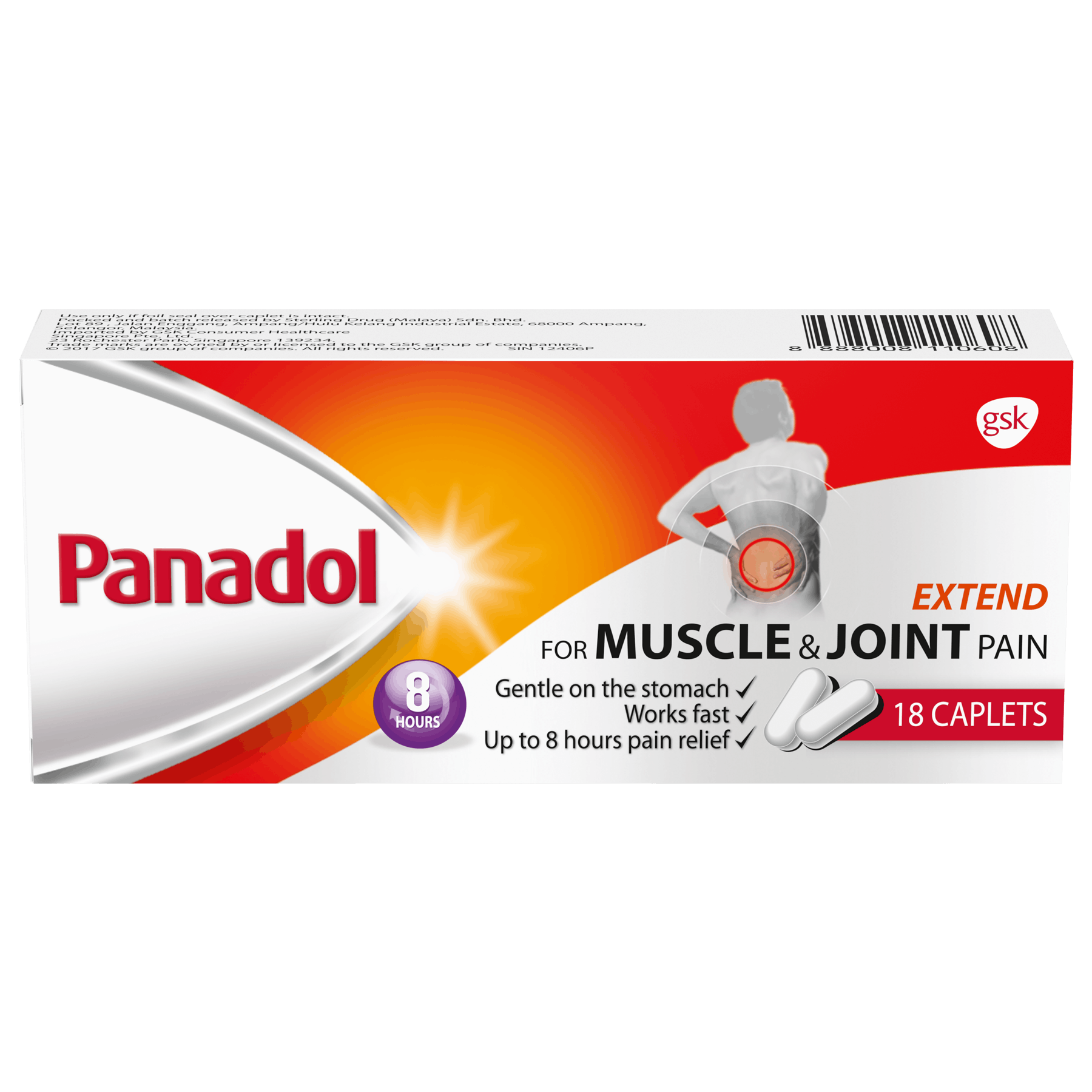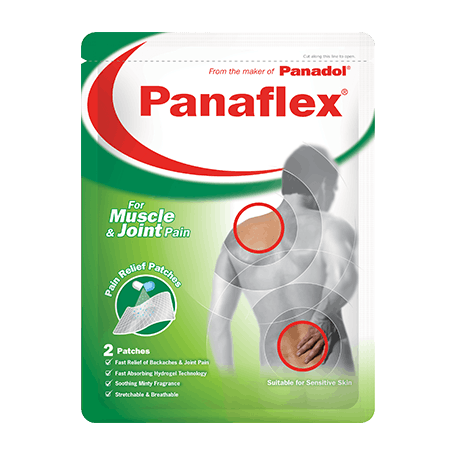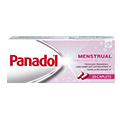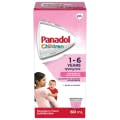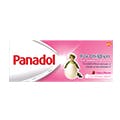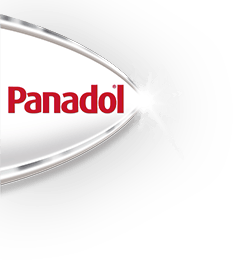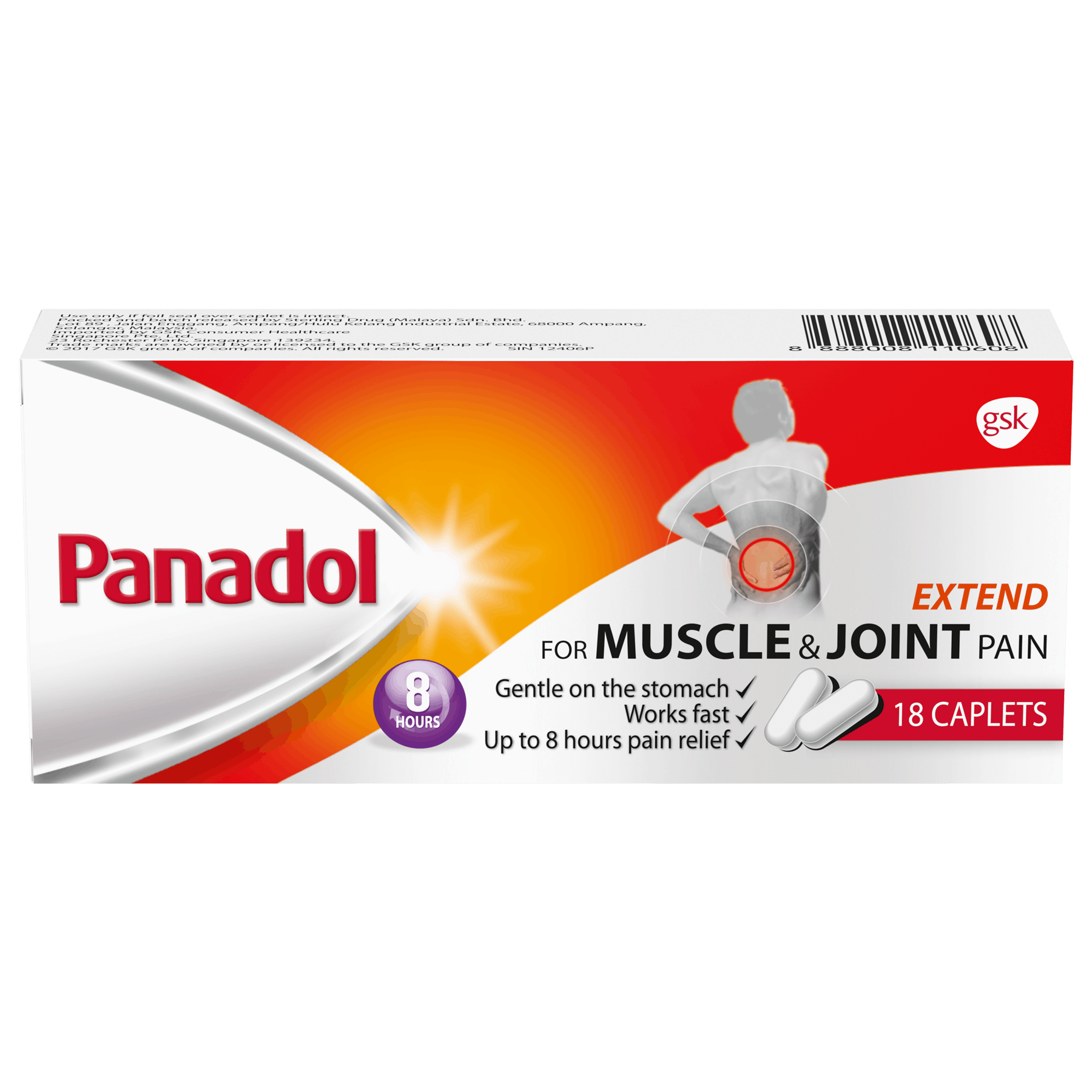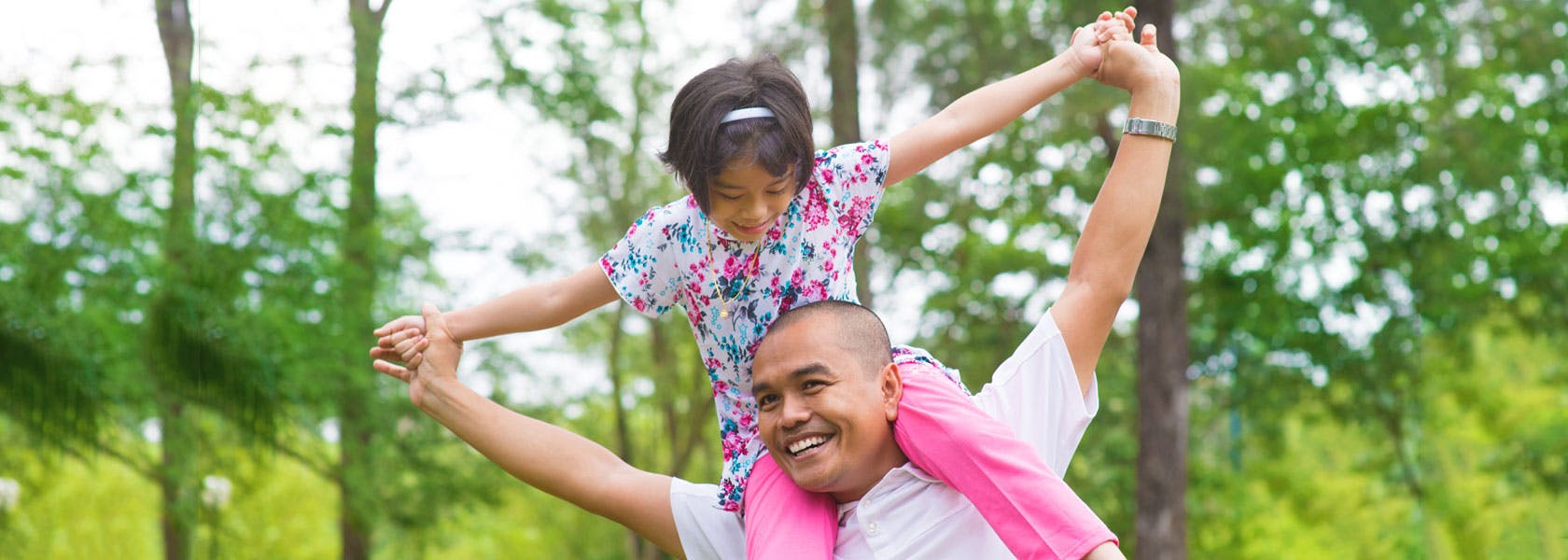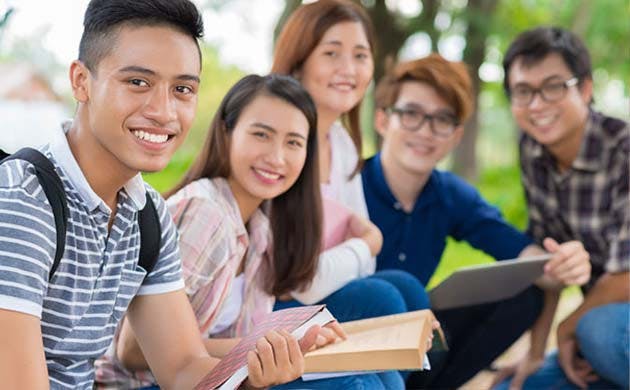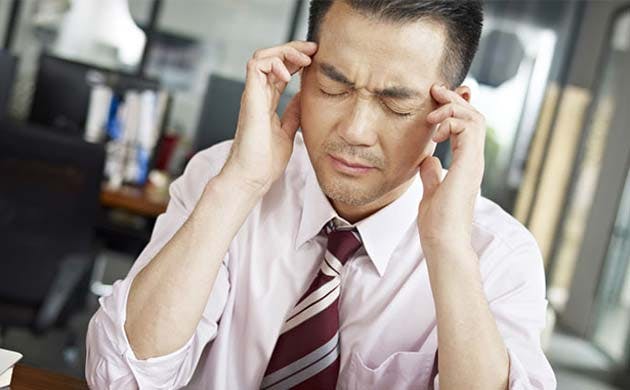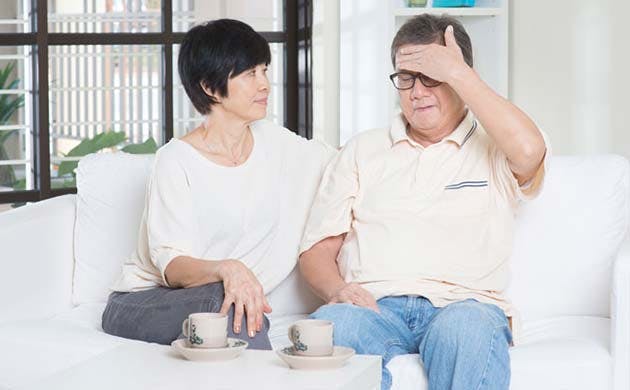

Panadol Children's Suspension 1-6 Years

Panadol Chewable Tablets

Panadol Children’s Suspension 1-12 Years

Panadol with Optizorb

Panadol Mini Caps

Panadol Soluble

Panadol Extra with Optizorb

Panadol ActiFast

Panadol Cold & Flu Hot Remedy

Panadol Cough & Cold

Panadol SinusMAX

Panadol Cold Relief PE

Panadol Extend

Panaflex Patch

Panadol Menstrual

Panadol Cold Relief PSE
Compare Now (0/5)
- Product
- Format
- Age
- Key Features
- Ingredients

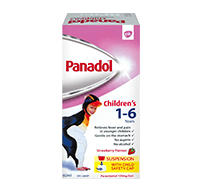
Panadol Children's Suspension 1-6 Years
- Suspension
- 1-6 Yrs
- Gentle on the Stomach
- Active Ingredient: 120 mg/5 ml Paracetamol
- No Alcohol.
- No Aspriin.

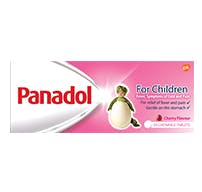
Panadol Chewable Tablets
- Chewable Tablets
- 2-12Yrs
- Gentle on the Stomach
- Active Ingredient: 120 mg Paracetamol

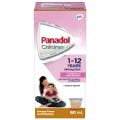
Panadol Children’s Suspension 1-12 Years
- Suspension
- 6 -12 Yrs
- Gentle on the Stomach
- Active Ingredient: 250 mg/5ml Paracetamol

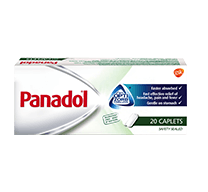
Panadol with Optizorb
- Caplets
- 12+ Yrs
- Quicker Absorption
- Active ingredient: 500mg Paracetamol

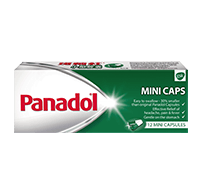
Panadol Mini Caps
- Caplets
- 12+ Yrs
- Easier to Swallow
- Active ingredient: 500mg Paracetamol
- No gluten, lactose or sugar


Panadol Soluble
- Effervescent Tablets
- 12+ Yrs
- Quicker Absorption
- Active ingredient: 500mg Paracetamol

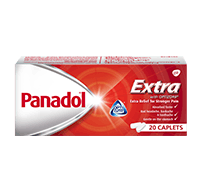
Panadol Extra With Optizorb
- Caplets
- 12+ Yrs
- Fights Tough Pain
- Active ingredient: 500mg Paracetamol, 65mg Caffeine

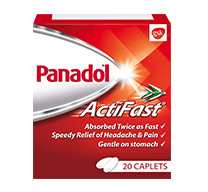
Panadol ActiFast
- Caplets
- 12+ Yrs
- Absorbed 2x Faster
- Active ingredient: 500mg of Paracetamol.

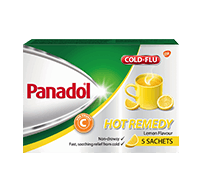
Panadol Cold & Flu Hot Remedy
- Powder Sachet
- 12+ Yrs
- Hot Drink
- Active ingredient: 750mg Paracetamol, 10mg Phenylephrine HCI, 60mg Vitamin C

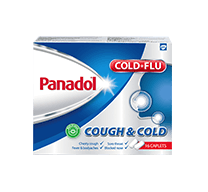
Panadol Cough & Cold
- Caplets
- 12+ Yrs
- Multi-Symptomatic Relief
- Active ingredient: 250mg Paracetamol, 5mg Phenylephrine HCI, 100mg Guaiphenesin

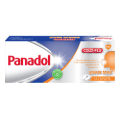
Panadol SinusMAX
- Caplets
- 12+ Yrs
- Sinus Pain
- Active ingredient: 500mg Paracetamol, 5mg Phenylephrine HCI

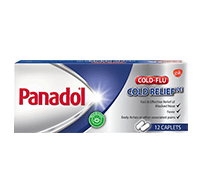
Panadol Cold Relief PE
- Caplets
- 12+ Yrs
- Relief of Cold & Flu Symptoms
- Active ingredient: 500mg Paracetamol, 5mg Phenylephrine HCI

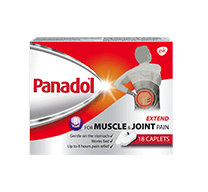
Panadol Extend
- Caplets
- 12+ Yrs
- Long-Lasting Relief
- Active ingredient: 665mg Paracetamol


Panaflex Patch
- Patch
- 12+ Yrs
- Back Pain Remedy
- Active ingredient: 1.5% w/w Glycol Salicylate, 1.0% w/w L-Menthol, 0.5% w/w DL-Camphor, 0.3% w/w DL-α- Tocopherol Acetate (Vitamin E)

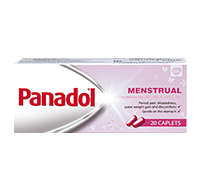
Panadol Menstrual
- Caplets
- 12+ Yrs
- Relief Period Pain
- Active ingredient: 500mg Paracetamol, 25mg Pamabrom


Panadol Cold Relief PSE
- Caplets
- 12+ Yrs
- Relief of Blocked and/or Runny Nose and Other Cold Symptoms
- Active ingredient: Paracetamol 500mg, Pseudoephedrine hydrochloride 30mg
Minimise

Headache & Migraine
Headaches can be dull and throbbing or sharp and pinpointed, and can last for a few minutes or a few days. There are three main types of headaches: tension, migraine and cluster headaches. Each may have its own causes and symptoms. Migraine headaches differ from tension headaches in that the symptoms are usually restricted to one side of the head, and may be described as throbbing, moderate to severe pain.
WHICH TYPE OF HEADACHE IS CAUSING YOU PAIN?
There are three types of headaches: tension, migraine and cluster headaches. Each type has its own painful symptoms, which can be dull and throbbing or sharp and pinpointed, lasting for a few minutes or even a few days1-4. Figuring out which type of headache you have can help you treat the symptoms and prevent future recurrence.
Tension Headaches
Tension headaches are one of the most common types of headache. They can be caused by a tightening of the muscles of the neck and scalp. This muscle constriction may be triggered by physical or environmental factors, including stiffness or pain in the shoulder and neck muscles as a result of stress or poor posture.4
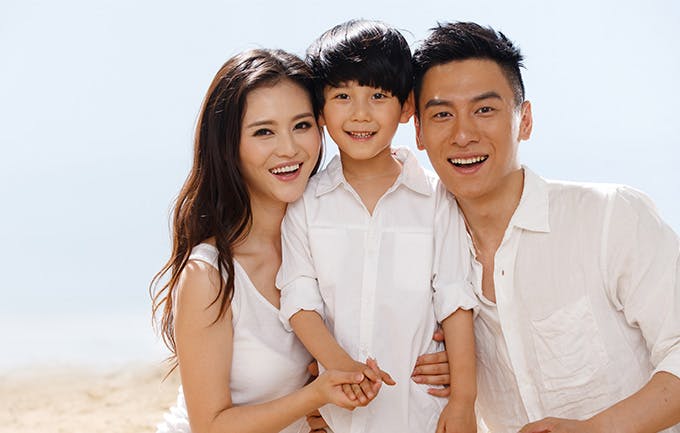
Tension headaches can:1
- result in mild-to-moderate pain and feel like a tight band of pressure around the head
- be felt equally on both sides of the head, but are normally short-lived
- be uncomfortable. However, they are generally not severe enough to prevent daily activities.
Migraine Headaches
Migraines differ from tension headaches in that the symptoms are usually restricted to one side of the head and may be described as throbbing, moderate or severe pain. Many migraine sufferers may become temporarily sensitive to specific triggers such as light and noise, and may also experience nausea and vomiting.2,5
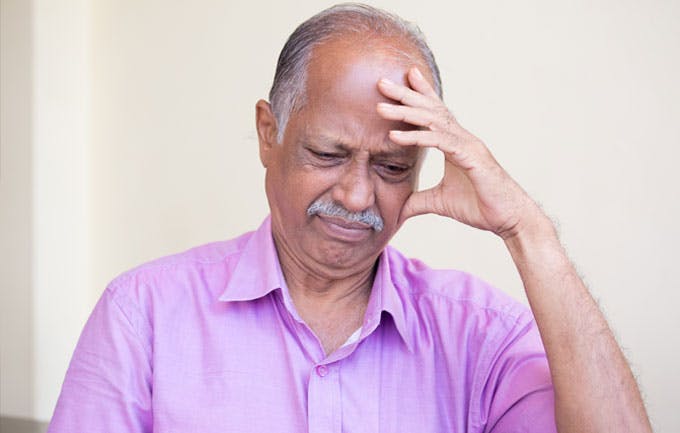
Migraine headaches can:2,5
- last from a few hours to a few days and attacks can be frequent
- be more common in women than men
- have various causes that vary from person to person.
Fortunately, identifying and managing the causes or triggers can substantially reduce the number of migraine attacks.
Cluster Headaches
Cluster headaches are the least common type of headaches, but they are arguably the most intense. Men are more likely to suffer from them than women. The “cluster” in cluster headaches refers not to the location of the pain, but rather to the grouping of the attacks over time. Unlike tension or migraine headaches, cluster headaches recur frequently over a certain period of time.3,6
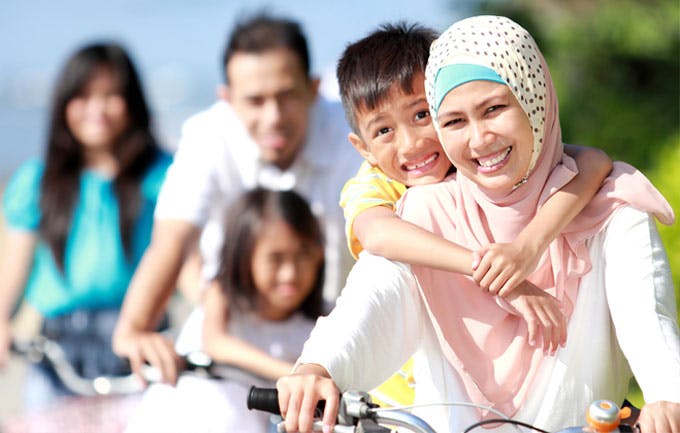
Cluster headaches can:3,6
- cause intense pain, which is usually described as excruciating and localised to one eye
- affect one side of the head, around and behind the eye, and then worsen, lasting between 15 minutes and three hours
- include symptoms such as eye swelling, tearing and redness, as well as blocked or runny nose only on the side of the head that is affected.
Headaches will often subside with regular use of painkillers such as Panadol®. However, if symptoms persist, you may want to consult your GP.



